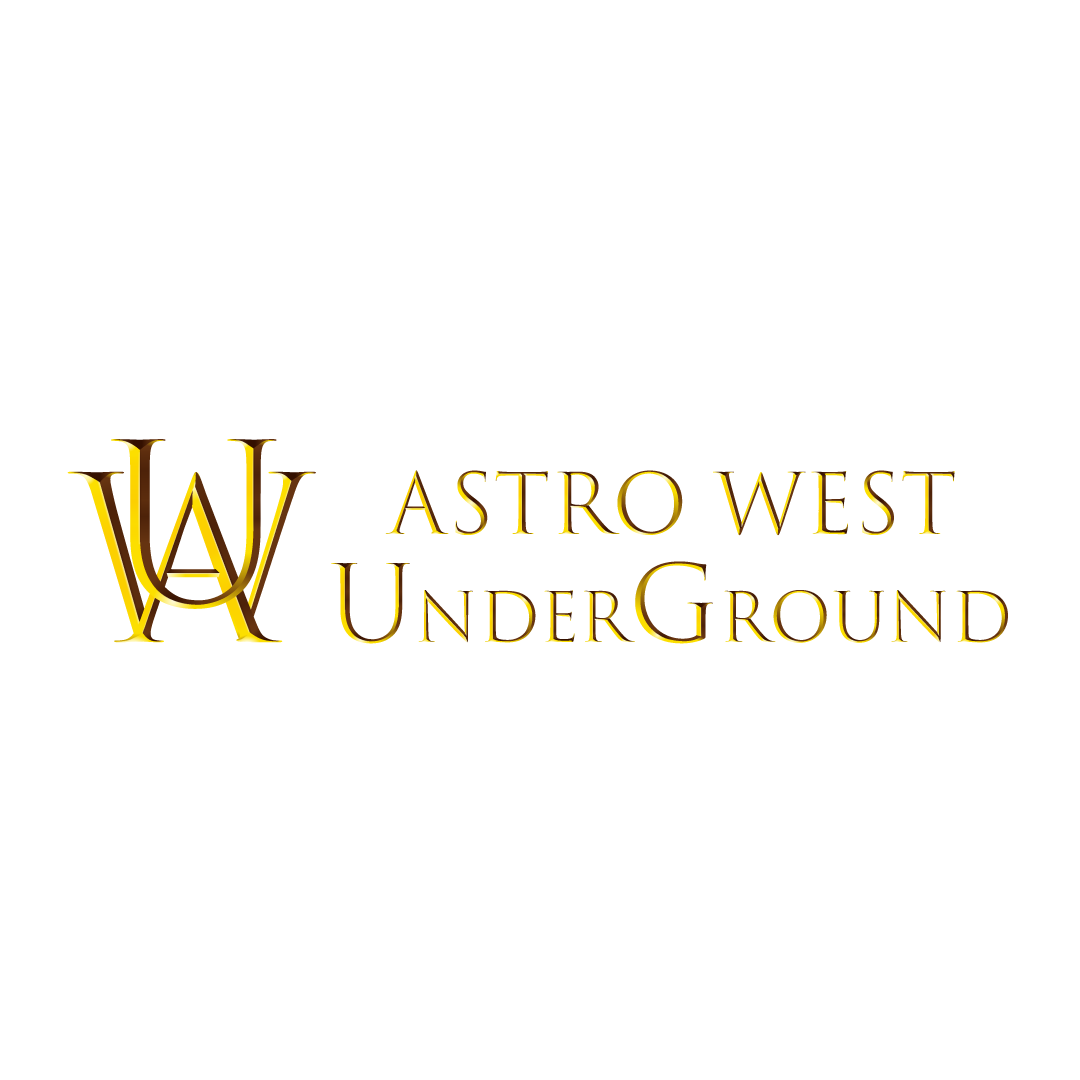Tarot indicates what’s most likely to occur if your current trajectory remains the same. That means nothing is written in stone, and you have the choice to exercise your free will to change the most probable outcome if it is not desirable.
The Tarot has a fragmented history that intrigues historians, scholars, hobbyists, and spiritualists alike. Nobody knows for sure exactly where or when the Tarot came into being, but in examining the symbolism of the earliest decks it has been concluded that there is a strong Cabalistic influence both in the symbology and interpretive technique associated with Tarot. Until recently, this observation supported the theory that the origin of the tarot lies within the ancient Hebrew culture.
The facts we know for sure put the earliest documented references to Tarot at approximately the mid 1400′s in Italy, where one of the oldest intact decks we have today was designed by the Visconti and Sforza families. Today’s Tarot is a standardized deck of 78 pictorial cards that is divided into two main sections: the Major Arcana, which provides a broad overview, and the Minor Arcana, which fills in the blanks with detailed information.
